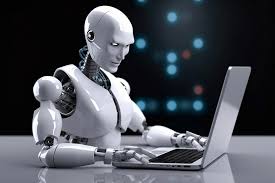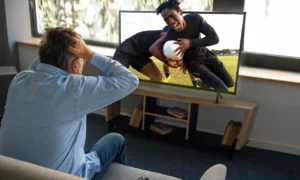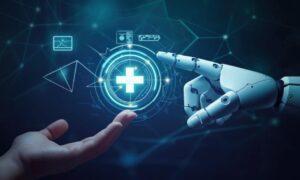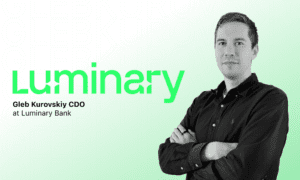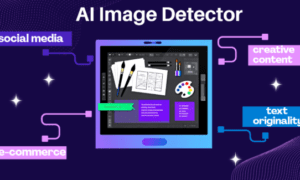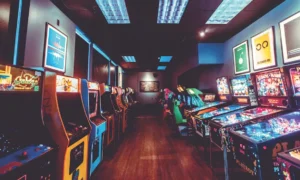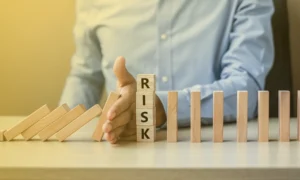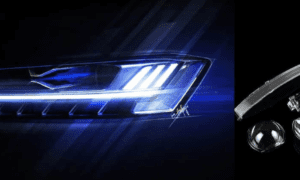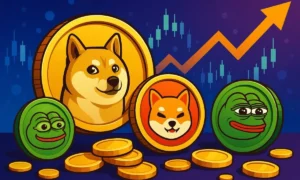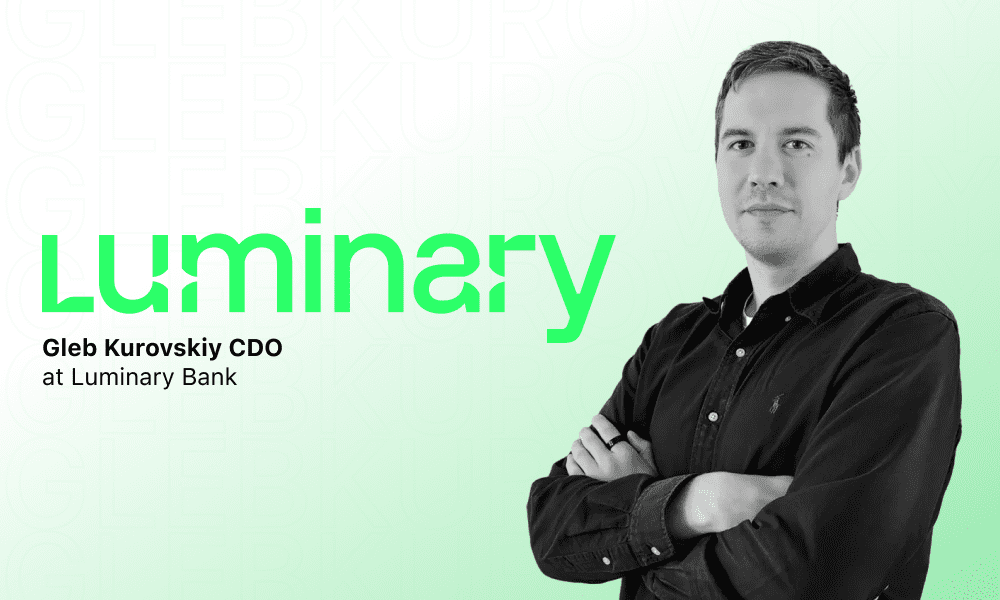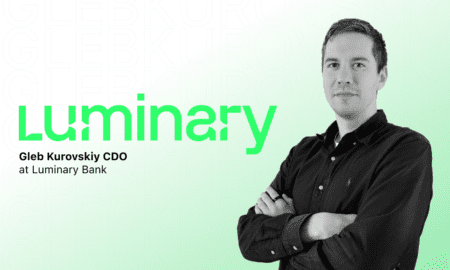Artificial intelligence is no longer just a concept in an innovative movie; it’s producing paintings, music logos, and virtual worlds. As this wave of creative automation expands, more and more people are asking the same question in studios, classrooms, and online: Will AI replace artists?
The short answer? No. The better answer? Only if artists do not change.
Instead of signaling the death of human creativity, AI represents something much more thrilling: a deeply powerful new partner, one that allows artists to create faster, explore new areas, and enhance their craft into areas unimaginable.
The Painting That Started the Conversation
In 2018, the auction house Christie’s sanctioned the sale of a painting titled Edmond de Belamy for over $432,000. What garnered more attention than the price was the creator. The painting was dreamed up by an algorithm created by the French collective Obvious, which uses a Generative Adversarial Network (GAN) that was trained on thousands of historical portraits.
For many, this sale represented the moment artificial intelligence began to enter the realm of fine art. If machines could now create and sell works of art for that amount, what does that mean for human artists?
But taking a closer look at the sale revealed something interesting: AI might have produced the image, but it didn’t conceive the idea. The algorithm simply recombined established patterns from previous works.
The human artists behind Obvious still had to choose the training data, adjust the model, and then curate the final output. Besides the somewhat blurry and distorted features of the portrait, the AI showed important limits.
The sale begged the question: Can algorithms create, or can they only remix?
Why AI Can’t Replace Human Creativity
At its core, creativity isn’t about assembling existing information—it’s about connecting ideas in new ways, injecting personal perspective, and conveying emotion, intent, and cultural relevance. These are deeply human traits that algorithms cannot fully replicate.
AI systems like GANs, IBM Watson, and Microsoft’s image generators excel at analyzing vast amounts of data and identifying patterns. They can imitate styles, generate variations, and mimic existing aesthetics. But they lack true intent. They do not experience emotion or develop personal narratives. They don’t wake up inspired by a childhood memory or respond to the subtleties of cultural shifts.
Adobe’s own AI leadership captured this distinction perfectly:
“Creativity is profoundly human. AI cannot replace the human spark.”
Storytelling, emotional nuance, and originality remain firmly in human hands. These elements give art its meaning and connection—qualities that go far beyond technical execution.
From Entertainment Design to 3D Modeling and Game Art, it’s emotional nuance, originality, and vision that give work its power—not just pixels or patterns.
When AI Becomes a Creative Partner
While AI is not likely to replace artists, it has the ability to enhance them.
Today’s AI tools are rapidly evolving to become extensions of the creative process, enabling artists to expedite, enhance, and explore new pathways.
- Speeding up repetitive tasks
AI loves repetitive, labor-intensive tasks. Busywork that prevents our creative work from taking shape, like simple coloring, background rendering, auto-tagging, resizing, or file formatting. What used to take artists hours can now take minutes, allowing them to focus their energy on more elevated creative decisions.
- Providing limitless iterations
Much of creative work involves taking a design and making several variations. AI can quickly produce prototypes, mockups, or any other visual elements artists may need. This provides artists the design freedom to consider more choices when refining the work. This can be extremely beneficial in fast-paced industries like gaming, film, or advertising, where early visual development must occur quickly.
- Providing inspiration
One of the most challenging moments in the process can be staring at a blank canvas. AI-generated concepts can spark possibilities, offering unexpected combinations that lead to new ideas and directions. It is not that AI will replace sources of inspiration; it will help expand the field of what is possible to achieve.
- Supporting complex productions
In productions on a larger scale, like virtual productions, AI can generate environments, create realistic simulations of lighting situations, or support artists in 3D modeling. In these cases, AI is a partner / collaborator and element of a complex production pipeline, augmenting teams to expand the possibilities/scale of their vision, while still being able to maintain artistic control.
The Real Threat: Resistance to Change
While AI’s role in creative fields is expanding, the fear that it will wipe out jobs is often overstated. Yes, certain sectors—like stock illustration or basic visual content generation—are feeling pressure. However, the broader trend suggests evolution, not elimination.
Creative industries are already witnessing the rise of new hybrid roles:
- AI-assisted concept artists
- Virtual production designers
- 3D modelers integrating AI pipelines
- Prompt engineers guiding AI outputs
- Creative technologists bridging art and machine learning
These aren’t jobs that eliminate artists—they require artists who understand both creativity and technology. The key skill isn’t drawing or modeling alone—it’s directing, curating, and shaping what AI produces.
The creative world isn’t shrinking—it’s transforming.
How Artists Can Stay Ahead
If AI is becoming part of the creative toolkit, how can artists future-proof their careers? The answer lies in adapting, learning, and leading.
-
Start experimenting
Try out AI-powered tools like DALL·E, Midjourney, Stable Diffusion, or Adobe Firefly. See firsthand how these systems work and where their strengths and weaknesses lie.
-
Learn the language of AI
Master the basics of “prompt engineering”—the art of crafting instructions that guide AI outputs. This emerging skill is quickly becoming valuable in creative workflows.
-
Focus on creative direction
Even as AI handles more of the technical work, someone still needs to curate, refine, and shape the final product. Artistic vision will remain irreplaceable.
-
Cultivate your unique perspective
Your personal experiences, cultural background, and emotional insights give your work depth that no machine can replicate. Double down on what makes your art uniquely yours.
The Future Is Human–Machine Collaboration
In truth, the artists who thrive in the coming years won’t be the ones who fear AI—but the ones who partner with it. Those who leverage AI as a creative assistant will unlock new efficiencies, push creative boundaries, and remain indispensable.
The danger isn’t that AI will replace artists.
The danger is that artists who refuse to adapt may fall behind those who embrace these new tools. AI offers the wings.
Human imagination provides the flight.
Want to build a creative career that embraces both technology and artistic mastery? Explore programs that blend art, design, and emerging technology—and lead the future of creative industries.
Ready to Shape the Future of Creativity?
If you want to build a career at the intersection of creativity and technology—whether in Entertainment Design, 3D Modeling and Game Art, or next-gen digital storytelling—then now is the time to take action.
Explore future-ready creative programs at MAGES Institute and become the artist who shapes tomorrow.

